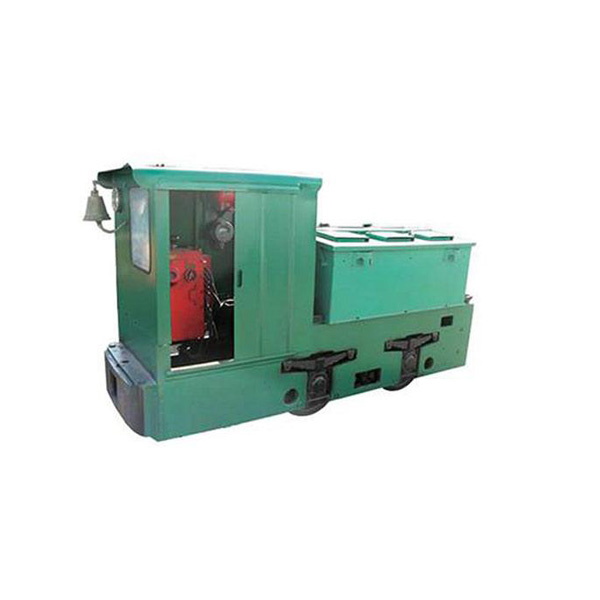The Development History of Diesel Locomotive
The steam-powered locomotive played a key role during the development and golden age of railroading, but, despite its long and picturesque history, it has been superseded in developed nations by electric and diesel-electric locomotives for economic and environmental reasons. The few steam locomotives that remain in operation in developed nations are mostly nostalgic relics used chiefly to pull tourist trains.
Diesel locomotives were introduced in the United States in 1924, and have become the most widely used type of locomotive. The modern diesel locomotive is a self-contained, electrically propelled unit.the mechanics of diesel locomotives are rather straightforward, although it is commonly mistaken that the diesel engine itself propels the locomotive, which is not the case. While the diesel engine is the prime mover the energy it creates drives an electrical generator, which in turn drives the traction motors found within the locomotive trucks that actually turns the wheels (or the mounts which sit over the axles) and propels unit forward. The diesel engine itself has no connection to the actual motion of the wheels and in essence the locomotive is an electric locomotive which carries its own power source on board.
It would take the diesel locomotive nearly fifty years to equal the horsepower output of the steam locomotive during its technological height. However, diesels offered an advantage that far surpassed steamers and it was the deciding factor in them becoming the prime choice of motive power, efficiency. Diesels required far less maintenance in terms of overhauls (scheduled time in the shops for routine maintenance) and refueling (no longer were there frequent stops requiring water and coal/oil), which allowed them to be spending much more time moving freight and paying the bills.
